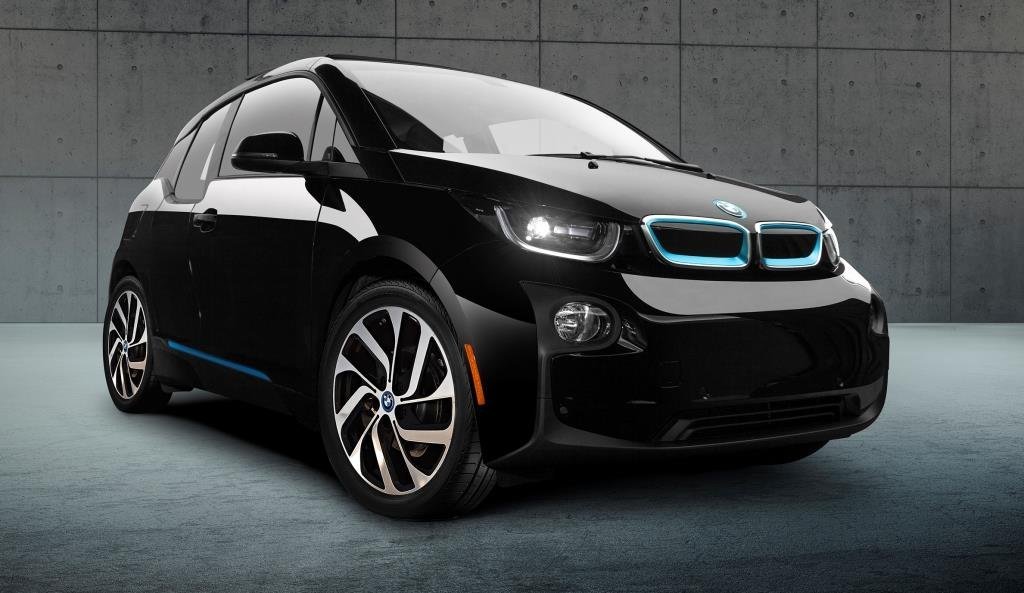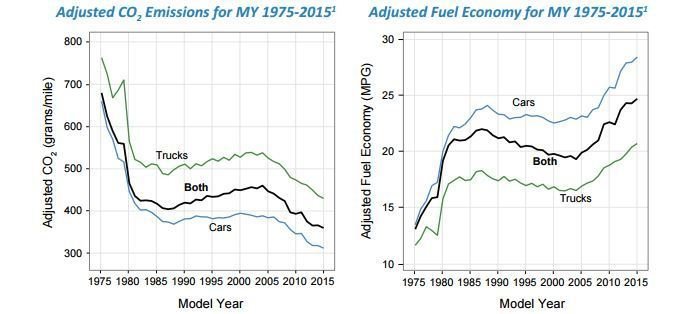The U.S. Environmental Protection Agency (EPA) today announced that manufacturers have surpassed the more stringent 2014 standards for greenhouse gas (GHG) emissions, while model year 2014 fuel economy remains steady at the highest level ever recorded.
The findings were included in two reports the agency released today: the annual report on fuel economy trends and a report on the auto industry’s progress toward meeting greenhouse gas (GHG) emissions standards for cars and light trucks. Overall, fuel economy for vehicles in the U.S. did not budge from last year’s record high of 24.3 miles per gallon, the EPA says. The figure includes a new high of 20.4 mpg for trucks, vans and SUVs from model year 2014.
Cars’ average fuel usage stayed at 27.9 mpg; for trucks, it rose by more than half a mile per gallon — but the thirstier vehicles also gained 5 percent in U.S. market share.
“For the third year in a row, manufacturers have exceeded the GHG emissions standards by a wide margin,” the EPA’s director of air quality and transportation, Christopher Grundler said. “It’s clear that our standards are working, spurring technology and innovation, and we are on track to achieve significant greenhouse gas reductions.”
EPA estimates that, through 2014, the GHG emissions standards have resulted in reducing cumulative emissions by roughly 60 million metric tons of CO2 – roughly the amount of GHGs emitted from electricity use from over 8 million homes in one year. These standards will ultimately save American families who purchase a new MY 2025 vehicle more than $8,000 in lifetime fuel costs. The program in total will save Americans $1.7 trillion in fuel costs, will reduce U.S. fuel use by 12 billion barrels of oil, and reduce greenhouse gas emissions by 6 billion metric tons.
BMW’s first electric vehicle – the i3 BEV – was rated the most fuel-efficient car which EPA assigns an equivalent 177.7 combined mpg rating (using unadjusted laboratory figures). The BMW i3 BEV (Battery Electric Vehicle) uses a rear-mounted electric motor powering the rear wheels and has a range of 81 miles.
[Source: NPR]






































































